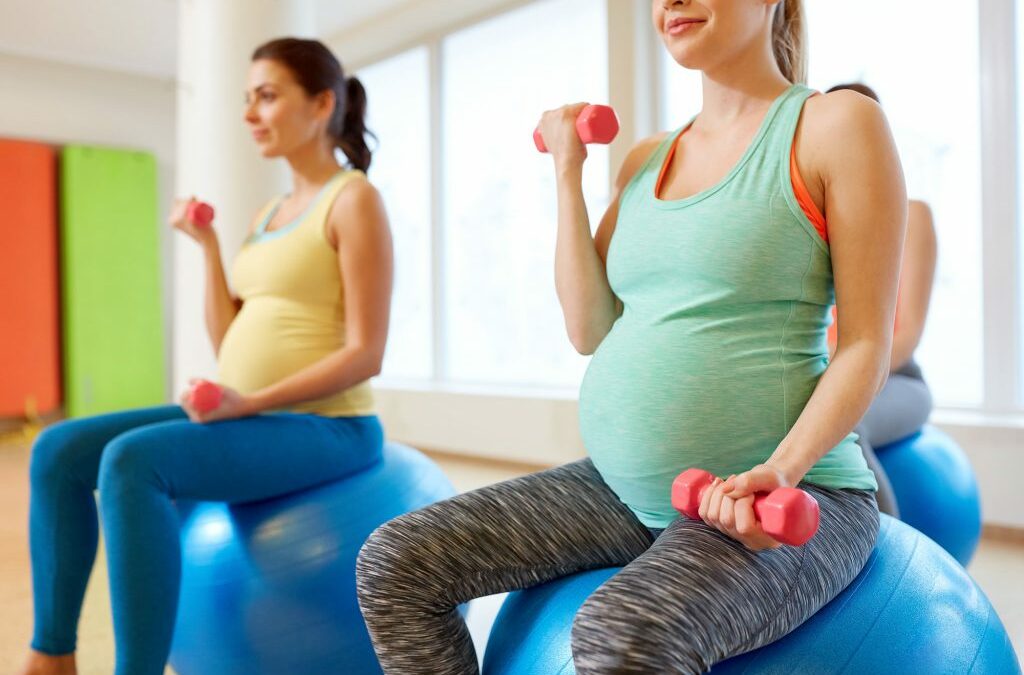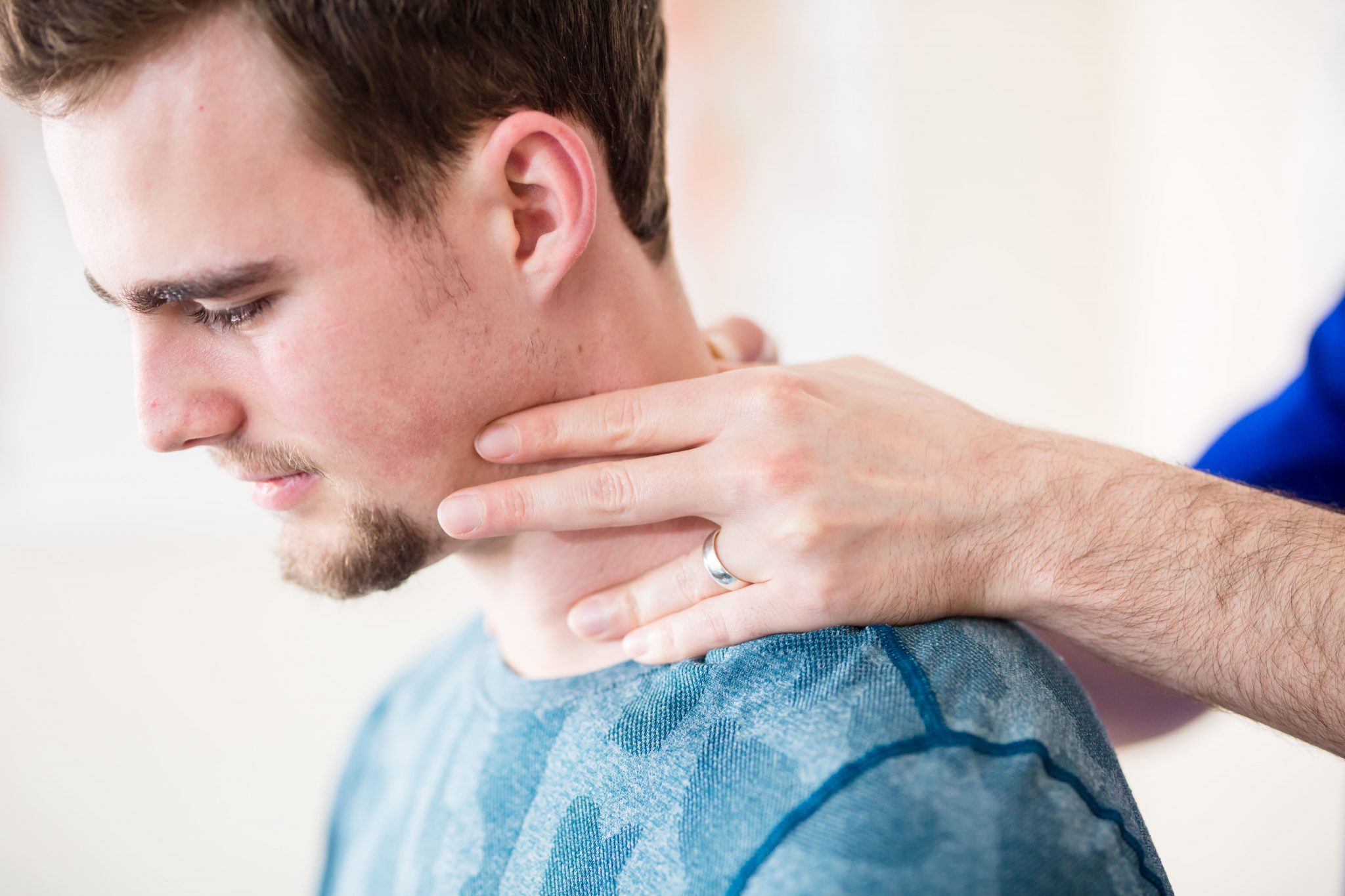There are several pelvic floor disorders but in my article this month I would like to specifically share some information about Pelvic Organ Prolapse (POP). This is a diagnosis which can cause a lot of fear so I spend a lot of time reassuring my patients who receive this diagnosis.
Knowledge is power so let’s have a look at what this involves…
What is POP?
Pelvic Organ Prolapse involves the organs that sit in the pelvic bowl. It occurs when the tissues and muscles that support these organs become weak or stretched and can then cause the organs to ‘prolapse’ or drop down.
Symptoms of POP
There are different degrees of how low the organs have dropped and this can lead to varying symptoms; like a feeling of heaviness or dragging in the pelvis that gets worse during the day or after coughing or standing for long periods. Occasionally a bulge can be seen or felt. These symptoms can vary on a day-by-day basis.
In my experience the degree of the prolapse doesn’t always correlate with the symptoms experienced and a mild prolapse combined with a lot of fear can cause the worst symptoms.
Causes of POP
Treatment / Risk Reduction
My advice to all women is to keep your pelvic floor strong by doing your pelvic floor exercises regularly and in different positions. A scientific review of 13 clinical studies demonstrated women who received pelvic floor muscle training showed a greater subjective improvement in prolapse symptoms and an objective improvement in POP severity*1.
I recommend learning to squeeze before you cough or sneeze. Keep at a sensible weightand ensure you are getting enough fibre and water.
Review your exercise regime. High impact exercise such as running may worsen your symptoms so try low-impact exercise like Pilates or swimming instead.
How we can help
If you would like some advice on how to treat an existing POP or if you are concerned you may have one, do call in for a Women’s Health Assessment so we can set your mind at ease and get you on the appropriate treatment path.
We are also very excited to announce that we will be getting the Pelvipower system soon to support men and women with all manner of pelvic floor disorders through a combined approach of biofeedback and magnetic stimulation. For more information check out www.pelvipower.com/en/
Elrina
*1 Reference: www.ncbi.nlm.nih.gov/pubmed/26407564



